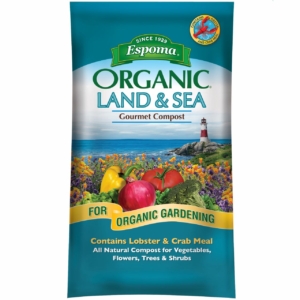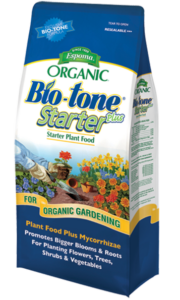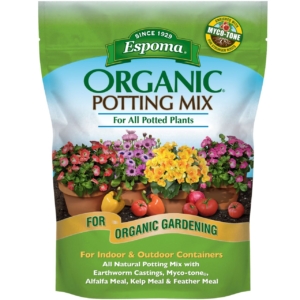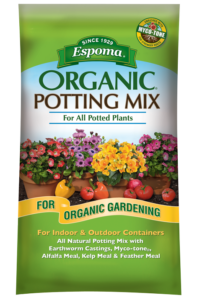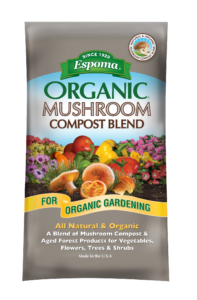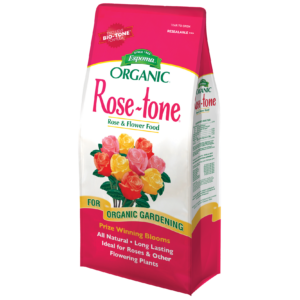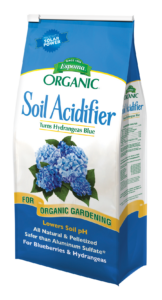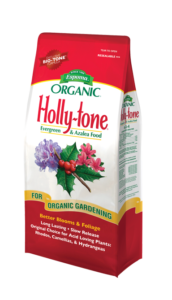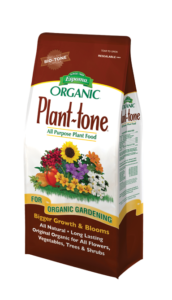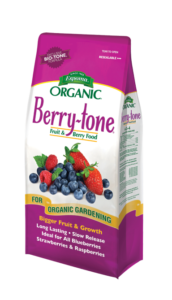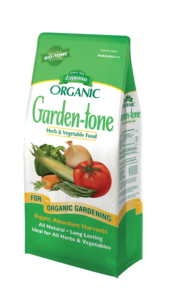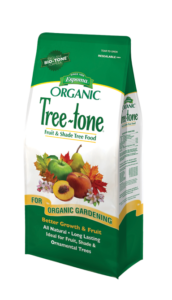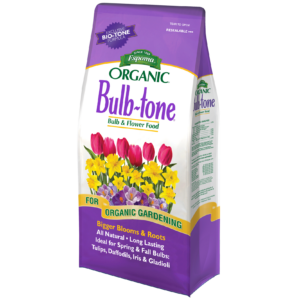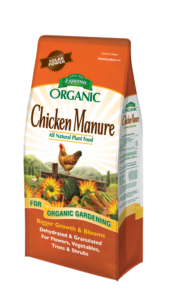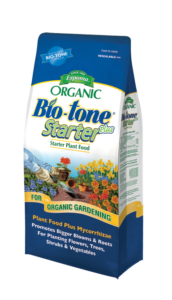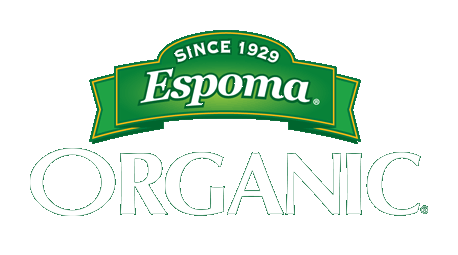VIDEO: Growing VEGGIES with Summer Rayne Oakes ??
Take a tour of the lush vegetable gardens cultivated by Summer Rayne Oakes of Flock Finger Lakes. Summer built her raised garden beds using a combination of Espoma Organic Raised Bed Mix, Land & Sea Compost, and Bio-tone Starter Plus to provide her plants with the essential growing conditions for producing delicious fruits and vegetables.
Learn more about Flock Finger Lakes here:
Website: flockfingerlakes.com
Instagram – @flockfingerlakes
YouTube –Flock Finger Lakes
X – @flockny
Facebook –Flock Finger Lakes
Featured Products:


